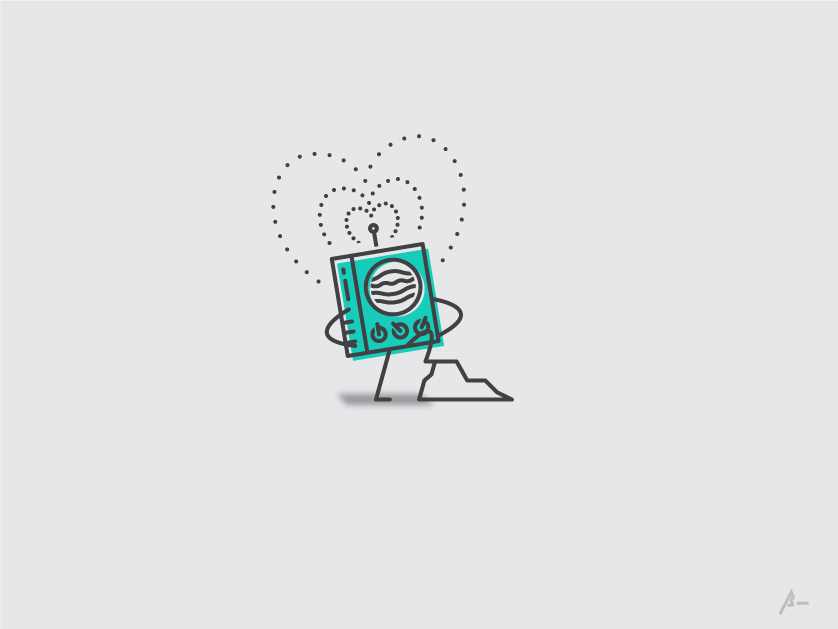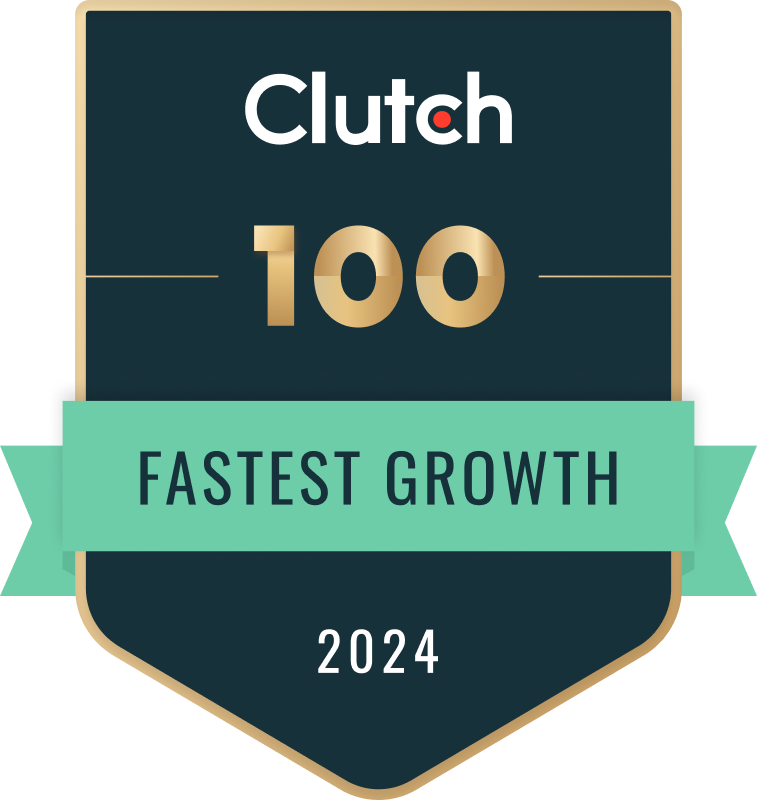As in Love as in Business
[Tweet “What’s worse than finding out your girlfriend is a radio-contest floozy…”]When last we saw our young protagonist he was sobbing on the hood of his car, wondering for the first time if the rapture of love was worth the pain of loss.
Well… as will happen, he grew up and learned to hold dear his heart. Thankfully, though, he didn’t forswear love. His heart still longed for love and he continued his quest. Along the way, as does happen, he confused “quest” with “conquest” and suffered woes anew.
He tried all manner of relationships from short (measured in sixty-minute intervals) to long and endured. But I’ve pushed us too far along his story’s arc.
Let’s go back to the beginning and follow our young man’s journey.
The First Attempt at Mature Love
This relationship was just long enough for him to realize “woah, what… I’m not ready for this.” He stepped back, took stock, and pondered.
In the startup world, this is called a “beta client” and resembles our first mature love.
1. An understanding partner makes all the difference.
2. Denial is an ugly trait.
3. Looking for a place to lay blame distracts you from moving forward.
Criticism stings. In beta we are explicitly asking someone to point out deficiencies. We’re the ones who invited criticism but that doesn’t matter. It still stings.
But, we step back from the experience and if we’re lucky, we evolve. And some day, with much courage, we once again venture into the world.
The “Say Anything” Relationship
After our protagonist made many attempts at convincing someone to “dance” with him, someone seemed interested. He sensed something new, something completely outside of his experience and, thus, far afield of his comfort zone. He sensed there was “possibility” not merely hope.
His anxiety took control of his faculties… primarily his mouth. He started saying crazy things. Suddenly he was telling the her that ‘he, too, was fascinated by the influence of the female masculine voice in Old English literature.’ Truth was, he thought Old English was a cheap malt liquor. He wished he could just stop talking. But, as will happen, and without any rational explanation, it worked. His life was once again filled with romance (well, at least his evening).
In the startup world this is called “your first client.”
But just like in the tale of romance, we’ve committed ourselves to things that we cannot possibly sustain, like providing an extraordinary level of service at a price that will someday strain the company.
As we all all know, we can either (a) offer a discounted price or (b) offer an exaggerated level of service but not both. My opinion is offering a discounted price is better than offering an ill-considered level of service (or not considered at all).
Here is what I’ve seen with discounted pricing for our first few clients. Eventually your organization becomes more efficient and the cost of servicing each client goes down. At that point your discounted price isn’t so discounted.
The opposite is true with over-promised levels of service. Over time you learn what your clients truly value; you learn you don’t need to clean your clients’ dishes (or listen to someone talk Old English) in order to meet the highest quality of service. Some services simply aren’t valued and you stop offering them.
Now you’re committed to providing services you don’t offer anymore. Instead at getting more efficient, you’ve institutionalized inefficiency.
Takeaway: Learn from my trail of tears: Don’t lose control of your mouth just to get a dance partner.
The “Fine” Relationship
After a while our young man realizes honesty is by far better than telling an ill consider not-truth. For example, he didn’t love Old English (either the malt liquor or the dead language). The truth was he loved Australian rules football and considered Happy Gilmore to be the pinnacle of all human artistry.
While these Fine relationships are far better than the Say Anything kind, they are nothing special. They are fine.
In the startup world this is called your third/fourth client(s). Things are fine. You don’t really learn any startling truths other than there are good clients out there.
The “Please Give Me Courage” Relationship
Eventually, as will happen, our man finds himself in a situation in which he wishes he had the courage to chew off his own arm. Everything seemed fine just a short while ago (about four hours earlier) but alas he’d made a terrible mistake.
In the startup world this is called “THAT client.” If you approach this relationship correctly, this client can be one of the most valuable you ever had.
During the negotiations you picked up on signs that this potential client was not going to be awesome, but hubris got in the way of good judgement and you thought to yourself, ‘we’ve been able to work through issues with other clients, we’ll make this one work, too. How bad could it be?’
The first signs of trouble emerge a month after contract. You hear rumblings from your team the new client is kind of a pain. In two months that client is rumored to be a nightmare.
You learn the CEO of this new client is a bit dysfunctional. He demands meetings with your leadership team rather than having your respective front-line people manage the relationship; he calls your people directly asking for extras and using his title to manipulate them.
The direct negative financial impact on your company is easily understood. You negotiated clear service-level parameters and set the related price based on your internal calculations of EBITDA and cash flow. You predicted what resources would be required, the associated costs, etc. His demands are straining those equations and possibly pushing you into negative numbers.
Putting aside the direct financial costs, there is likely a greater negative economic impact on your company. He’s causing tension between your employees where there was none; he’s disrupting ongoing workflow; he starts fires, causes confusion, delays in delivering to other clients. Critically, he’s eating up your company’s capacity that would otherwise allow you take on more clients without hiring more people.
How to Leverage
This experience is your first with client economics. That is, understanding the true impact of every client on your business from capture to closeout. The true impact of a client is based on:
1. Traditional financial numbers;
2. Harder to identify and calculate numbers (e.g., cost of acquisition);
3. Cash flow (far harder to accurately identify than usually understood); and
4. More ethereal concepts like spillover.
For example, this dysfunctional CEO and how I described him provides an excellent of negative spillover. Perhaps the raw numbers show positive EBITDA for this client but you might reconsider the client’s value based on those negative impacts, which can pose greater dangers to scalability efforts than lost revenue.
Let’s flip it around. What if that client is actually the first you’ve signed in a new market segment you’re pursuing as part of a strategic initiative? Perhaps you’re targeting larger, more sophisticated clients than you’ve had. Your company doesn’t have experience with larger clients and your seemingly awful client is actually pointing out ways your company must evolve if it is truly going to succeed in this new segment.
Now you have both negative and positive spillover from the same client. How do you calculate those economic impacts to determine how to proceed? The range of actions you might take are very broad, you could:
1. Explain to your people that this bad experience has a purpose; and
2. Create a program to capture these new experiences and new demands to gain insights.
3. You might need to renegotiate with the client now that you understand its actually needs.
4. You might have to actually terminate the client (“You’re right, we’re not the right vendor for you.”).
Do you embrace the client or kick it to the curb (just like love).
Regardless of how you view this client, you absolutely need a way to capture the extra costs to your company. The implications are significant. For example, your pricing structure is based on your experience with clients in a different segment, perhaps it’s completely inappropriate for the different clients you’re now pursuing. That existing price structure could cost you serious money.
This is the art along with the science of building a scalable organization. These are also rather uncomfortable waters for most entrepreneurs. Definitely fits the “Give Me the Courage” tag line.
Takeaways:
1. If done and used correctly, client economics can be one of the keys to driving and managing exponential growth. Its power cannot be overstated because it ensures (a) you are maximizing your company’s capacity, and (b) you can accurately predict your future capacity for delivering each level or service you offer and not just generally (this bit of insight can change everything about how you direct your sales people) .
2. You need a way to identify with specificity both the purely financial as well as the more subject economic impacts on your company.
3. Not all clients are created equal.
The “It Feels Good, So It Must be Good” Relationship
I’m not going to sadden you with a personal story in which I learned something awful about a relationship. Ok, just one. One of my girlfriends was winning a lot of radio contests that gave us free tickets and limo rides to amazing events in NYC, like watching Gooden pitch his no hitter, sitting fourth row middle of the third baseline. She was actually “dating” the DJ. To be honest, a fair trade 🙂
In the startup world the point is we usually don’t know which clients are limiting our company’s potential. We rely on our emotions. Our people like the client’s employees so they report that it’s a good client. We rely on assumptions. It’s a big name client and a long-term project so we think it’s a good client. And so on.
We are blinded by love and don’t realize our girlfriend is involved in some strange prostitution scenario in which she’s paid in radio contests. A brutal but necessary insight.
This is where client economics again plays a crucial role in building a scalable organization. It cuts through all the white noise and makes clear the value of each client and drives you to make informed, calculated decisions.
Consider the example above about THAT client. Just because it felt bad, didn’t mean it was bad. The only way to have known the truth was to find a way to reveal exactly what your people were doing.
Again, that’s the art alongside the science of building a scalable organization.
Takeaways:
1. You have to clearly identify which clients are right for your company today;
2. You have to find a way to learn what is really going on in your organization with a high degree of specificity.
Maturing
Thankfully, along the way we learn lessons from all past experiences and eventually understand what we cherish in a partner, and what our partners value in us.
In the startup world this is called a maturing company. It can recognize less-than-desirable potential clients and hone in on the targets that match the most desirable criteria for its business; it understands the level of service that each type of client expects; it can track and control whether clients are paying for what it receives; it can accurately predict future capacity for each service of its services; etc.
The End
We are now ready to view the full arc of our pimple-faced teenager’s story. After 15 years of learning about myself, love and partners, I’ve been married for 13 years and seemingly on track for many more. She’s not perfect, nor am I. But we are pretty perfect for each other.
And, as will happen, that’s just like business. The reality is all clients are great. The question isn’t whether a potential client is great, it’s whether it’s great for your company.
Be selective – in whom you pursue, what you promise, and what you give. Just like love.
Don’t be stuck-at-Yankee-stadium-without-a-limo-ride-home me.
What’s worse than finding out your girlfriend is a radio-contest floozy… not much!





